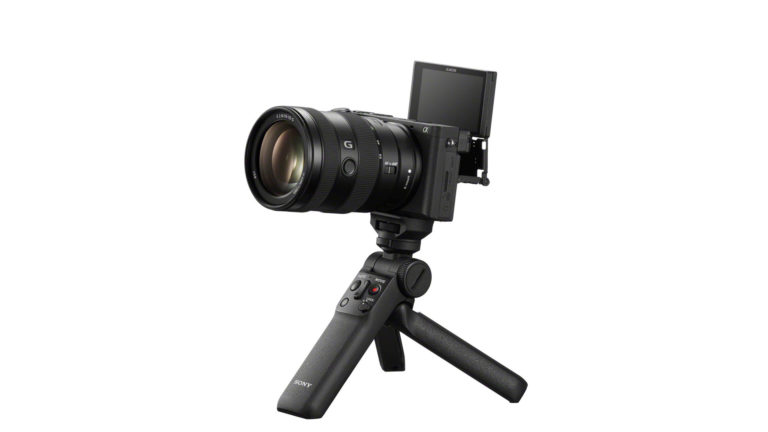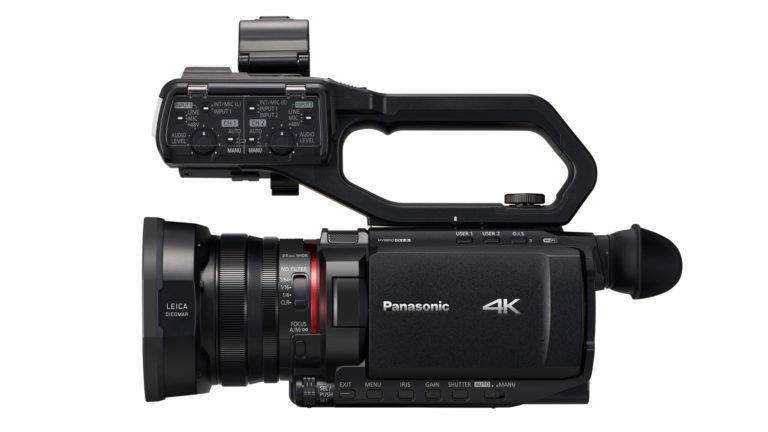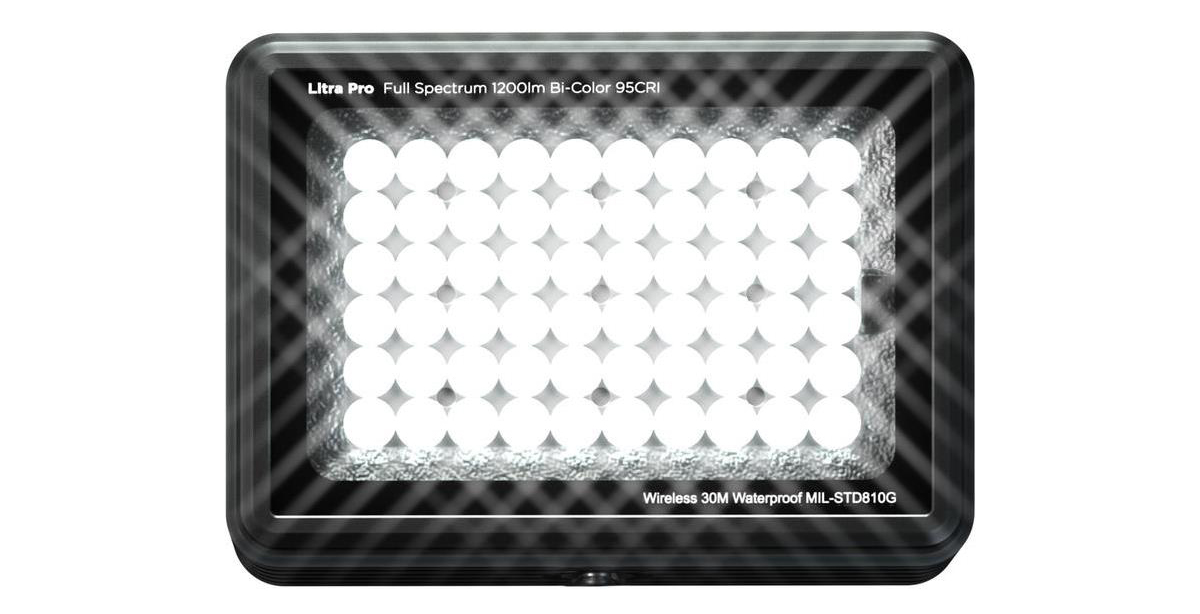Get Your Specs On Before You Put these Formats To the Test
Sony, JVC and a host of NLE makers say yes, some of us out here in the
trenches are still on the fence about the new format. I’ve tried the
HDV cameras on the market but prefer the robust DV format that the
Panasonic DVX100A or VariCam (DVCPRO HD). Why? HDV has got potential,
but it’s also got some issues, such as the potential for dropouts-I’ve
experienced them first-hand-plus the unpredictability of MPEG-2 motion
artifacts mean I’d have a hard time trusting HDV on a paying gig. But
it’s entirely a tape issue. Keep in mind that Sony introduced a new
DigitalMaster tape with the introduction of the camera. I believe that
it’s probably in direct response to the threat of dropouts. But if you
were to record on a dropout-proof system, such as an HDV-aware
Firestore-type of device, or even the P2, you should never see a
dropout.
the networks and bigger production companies for crucial projects;
they’d much rather use a more robust format like DVCPRO HD, and
Panasonic has announced that it will produce a prosumer DVCPRO HD
camera. Is it worth the wait? In my opinion, for those who can afford
to sit this one out, it’d be wise to see what’s coming next.
| HDV | DVCPRO HD |
|---|---|
| 19 (720p) or 25 Mb/s (1080i) | 100 Mb/s |
| 4:2:0 color sampling | 4:2:2 color sampling |
| 2 compressed audio channels | 8 uncompressed audio channels |
| 1440 x 1080 (1080i) | 1280 x 1080 (1080i) |
| 1280 x 720 (720p) | 960 x 720 (720p) |
| 720p at 25, 30 or 60 frames per second | 720p at any frame rate from 4 to 33 fps, also 40 and 60 |
Did you enjoy this article? Sign up to receive the StudioDaily Fix eletter containing the latest stories, including news, videos, interviews, reviews and more.









Leave a Reply